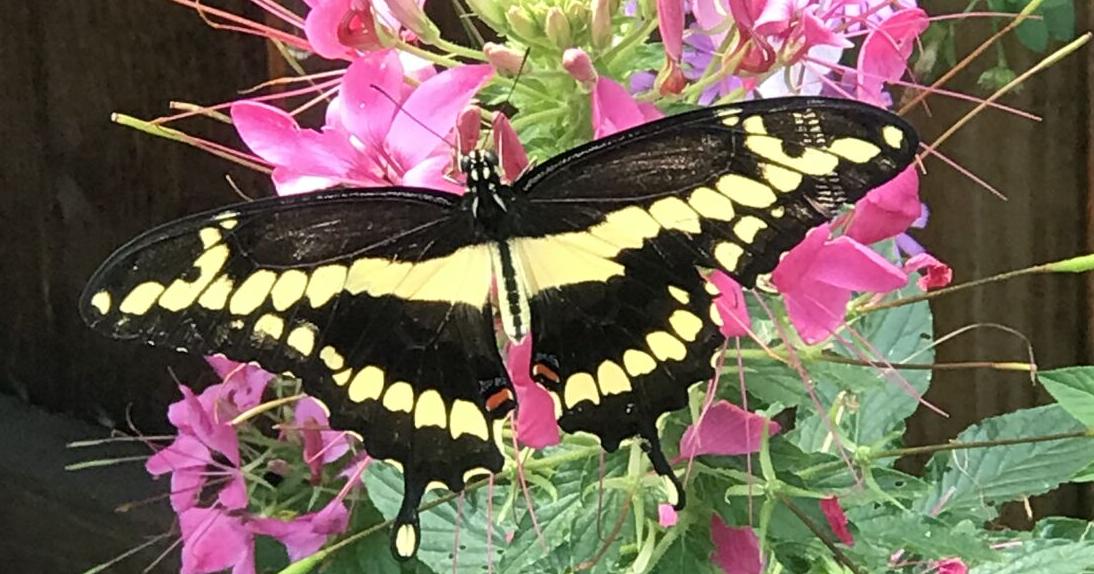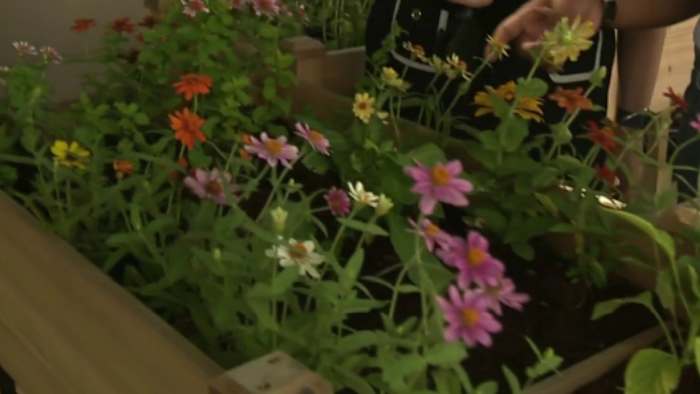We dodged another major storm as Helene moves past us farther out in the Gulf. We experienced only tropical storm winds and rains, so the damage to our landscapes should be minimal.
Most of the debris should be from Royal palms and Gumbo Limbo trees. Both are designed by nature to lose branches and not the whole tree. There may be some downed palm trees and the occasional newly planted tree. We should be back to normal by the end of the week.
As for storm surge, when the tides come up over the sea walls, the salt water could damage St. Augustine sod. However, if the salt water isn’t on our lawns very long it will merely burn the surface and will not kill most areas.
A lot of plants, especially those less salt tolerant like the bougainvillea can be burned by salt spray carried in the wind and also desiccated by the winds. Most plants will survive. Washing the affected areas with fresh water as soon after exposure as possible would help wash away the salt and aid in recovery.
You should prune away the damage to help hasten the recovery. The new foliage will emerge to make the shrubs look better. This process will be fast as we are in our growing season. If your trees or plants have any broken limbs prune the break properly with a clean cut as soon as possible to avoid rot and disease in the affected areas. Shrubs and trees that are uprooted can be righted and replanted relatively easily.
Be sure to wash the soil in around the roots after repositioning the plant to fill in any air pockets that might have formed. Check all your trees and plants at the root level for air pockets. Plants were moved by the wind forming these air pockets and tearing root tissue. Place the end of your garden hose down into the soil to wash it back in around the roots. Add soil and root stimulant amendments like mycorrhizal fungi, beneficial bacteria and rooting hormones.
Normally when you think of fungi and bacteria, the thoughts aren’t good. However, both are powerhouses for healthy root development. Mycorrhizal fungi inhabit the fine roots of plants. They feed from the sugars in the plants and, in return, grow mycelia. These are fungi fingers that act as feeding tubes and extend the root surface, allowing for better absorption of water and nutrients. This, in turn, increases the plant’s tolerance to stresses from poor soil and salt buildup after a hurricane.
Bacteria can help reduce pathogens that cause root diseases and also improve root growth. Torn and damaged root systems will be susceptible to disease. Root damage does not appear overnight. It takes time for damaged roots to develop diseases and die. Plants may begin to decline and die months from now. If there is no other reason it may be latent damage from the storm.
Take a little extra time to inspect for damage and treat as necessary and your plants will recover and thrive through the rest of the summer growing season and beyond. And begin fertilizing to strengthen and help plants recover. They have been through a very rainy summer and so the nutrients are depleted in our sandy soil. They will need this food to help them recover. Plants need food when they need it not when the calendar says they can have it.
I will write a column explaining the science behind having no fertilizer blackout dates next time. Best of luck for your landscapes.
More:Gardening: Evaporation and transpiration – Irrigation important for plant health
And:Gardening: Pests are a year-round problem in Southwest Florida
Also:Gardening: Lawn disease and balancing your water needs
Peter and Eileen Ward have sold Greensward of Marco after 40 years in the lawn and landscape business on Marco Island. You can reach Eileen with comments or questions on her columns via email at [email protected] or call 239-269-0192.








